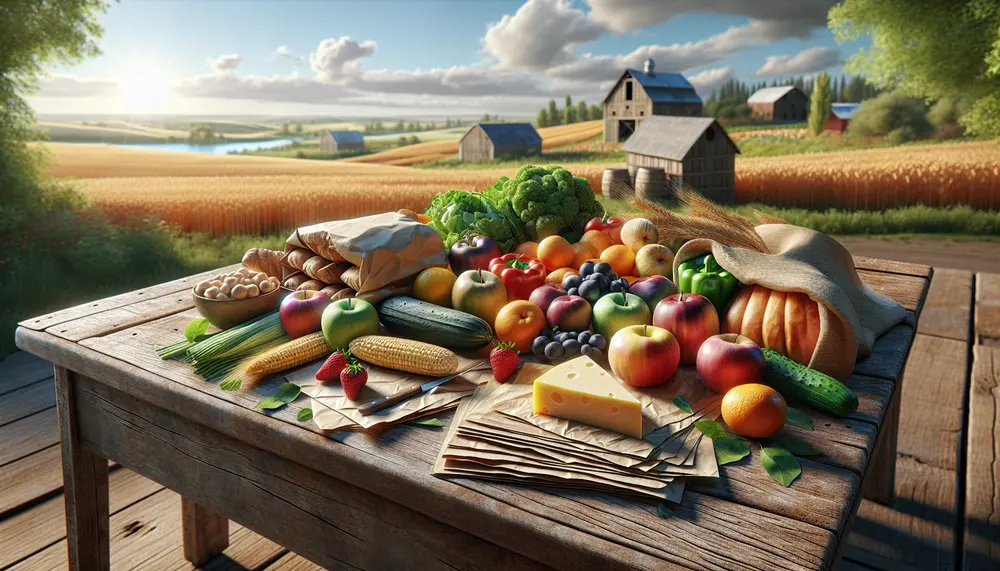Tray
Tray
Tray
A tray is a flat, shallow container used in packaging to hold, display, or transport products. Trays come in various materials like plastic, cardboard, and metal. They are essential in both retail and industrial packaging.
Types of Trays
There are different types of trays based on their use. For example, food trays are often made of plastic or paperboard. Electronics trays are usually made of anti-static materials to protect sensitive components.
Benefits of Using Trays
Trays offer several benefits in packaging. They help organize products, making them easier to handle and display. Trays also provide protection during transport, reducing the risk of damage.
Common Uses of Trays
Trays are widely used in various industries. In the food industry, they hold items like fruits, vegetables, and baked goods. In the electronics industry, trays keep parts organized and safe. Retail stores use trays to display products attractively.
Materials Used for Trays
Trays can be made from different materials depending on their purpose. Plastic trays are durable and lightweight. Cardboard trays are eco-friendly and recyclable. Metal trays are strong and can handle heavy items.
Conclusion
In summary, a tray is a versatile packaging solution. It helps in organizing, displaying, and protecting products. Understanding the different types and uses of trays can help you choose the right one for your needs.
Blog Posts with the term: Tray
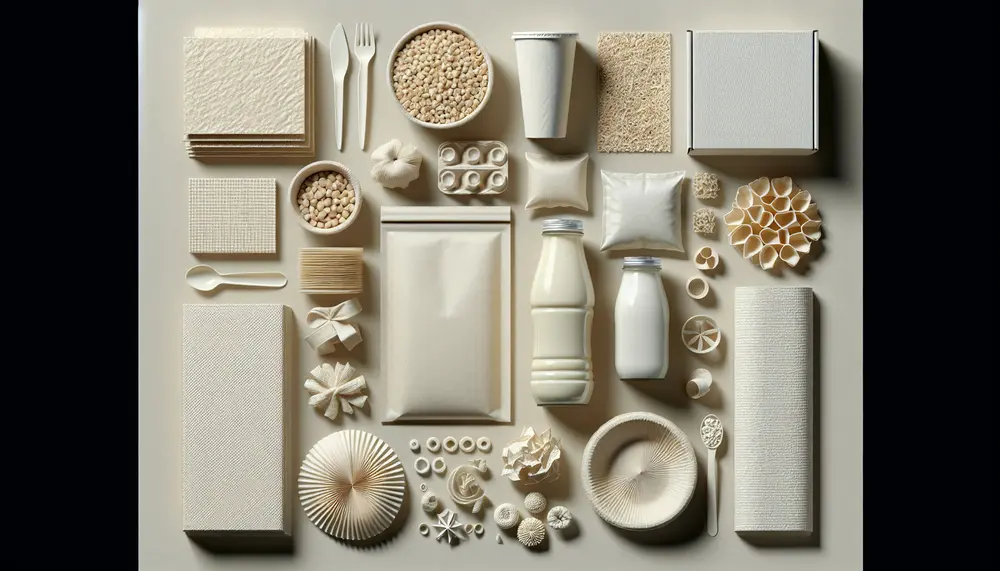
Cornstarch is a biodegradable, eco-friendly alternative to traditional packaging materials, offering similar functionalities with less environmental impact. It's used in various industries for products like containers and bags, reduces reliance on fossil fuels, and supports climate change efforts by emitting...

Leaf-based packaging materials are ancient practices re-emerging for modern sustainability, utilizing plant leaves as biodegradable and renewable solutions with minimal environmental impact. They reduce carbon emissions compared to plastic production, decompose rapidly without toxic residues, and align with circular economy...
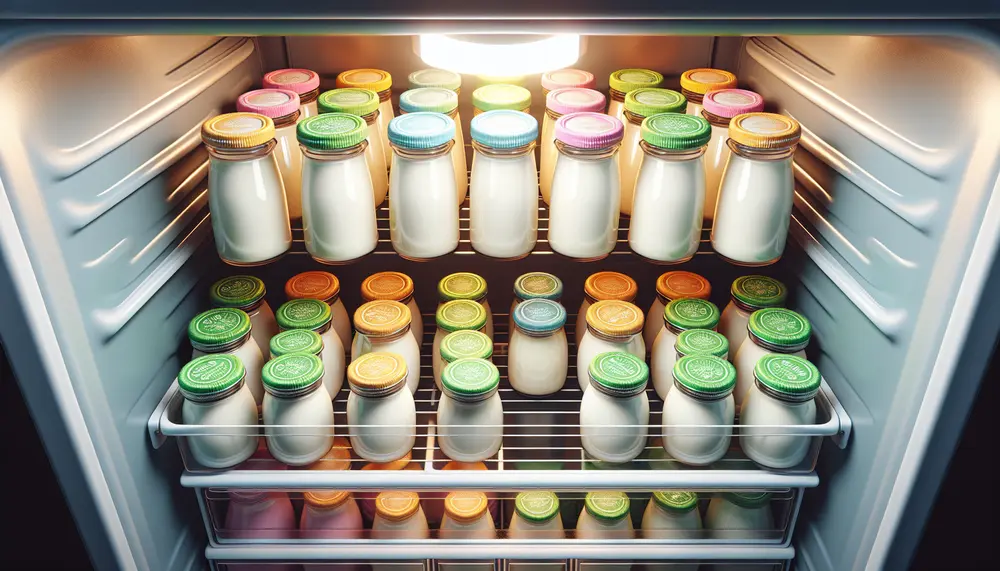
Yogurt packaging is essential for maintaining freshness, quality, and safety; it requires an effective barrier against oxygen and light, strength during transportation, regulatory compliance for food contact, and advanced sealing technology. Innovations in the market include smart features like freshness...
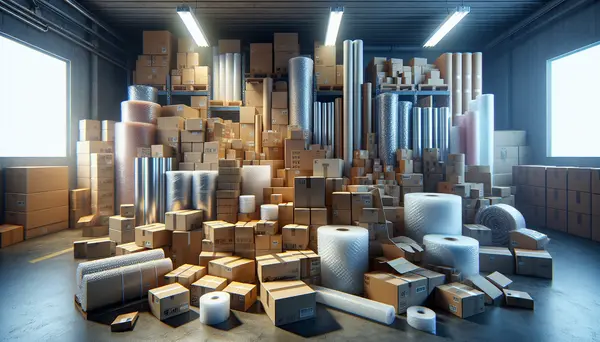
The article explains the importance and role of Packaging Harmonized System Nomenclature (HSN) codes in the packaging industry. HSN codes, introduced by the World Customs Organization, are used to classify traded products globally for standardization, facilitating international trade, simplifying taxation...
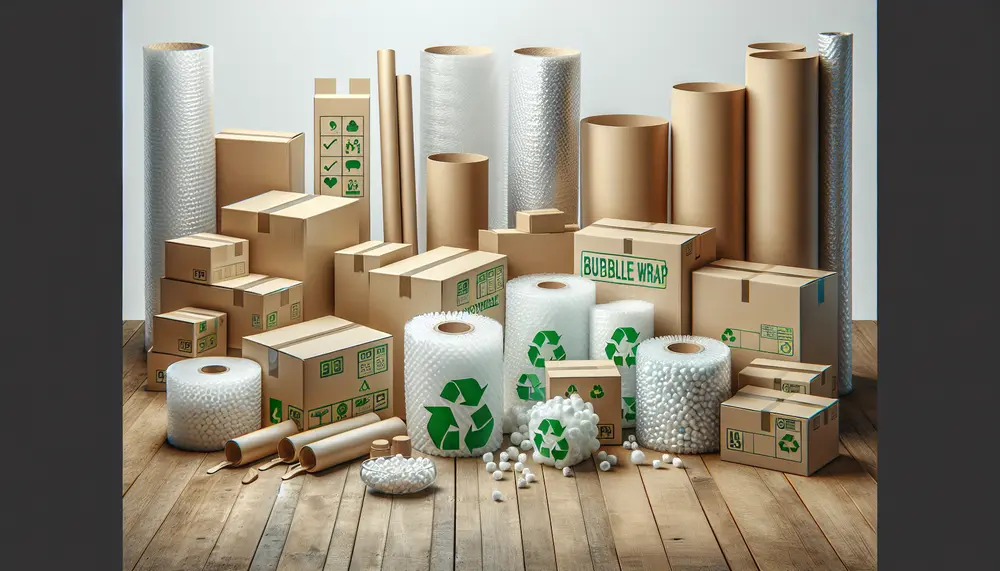
Packaging solutions in New Zealand are essential for product integrity, safe distribution, and brand identity; they must be durable for long transits and increasingly sustainable to meet consumer expectations. Quality packaging is crucial as it protects goods during shipping, enhances...
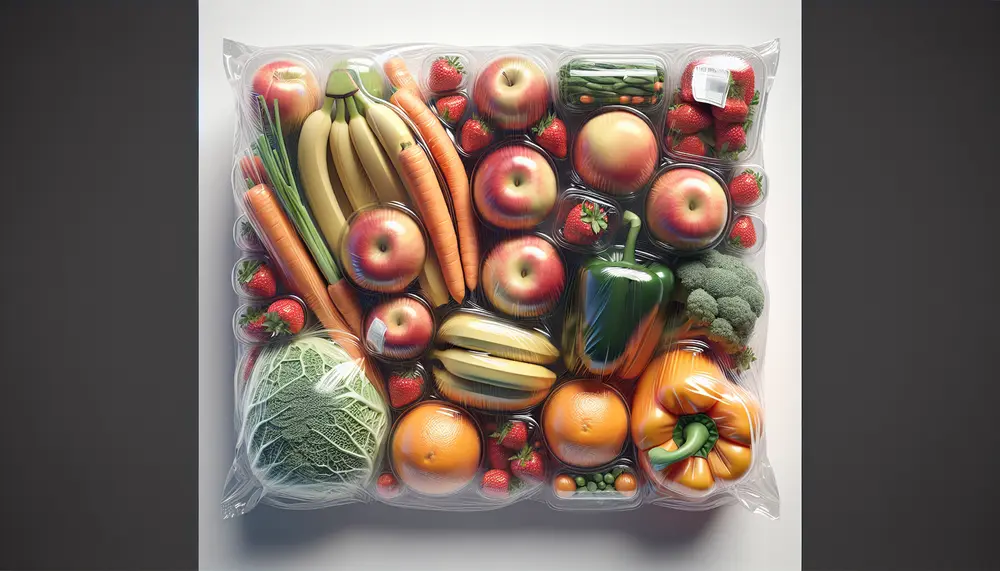
Packaging for fruits and vegetables is crucial in ensuring produce reaches consumers fresh, extends shelf life by controlling moisture and airflow, protects from contaminants, and maintains hygiene. The choice of packaging materials like corrugated boxes or breathable bags depends on...
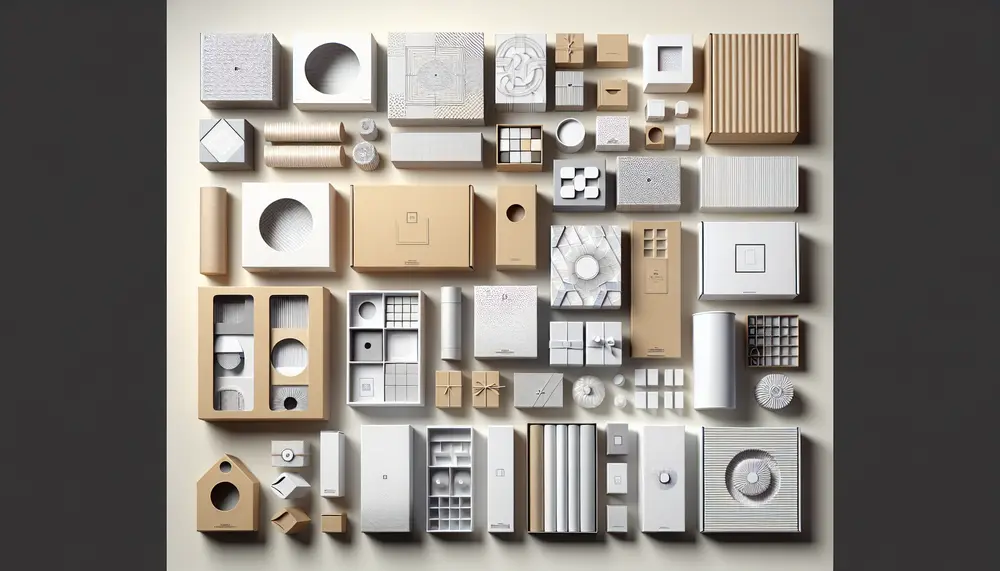
Packaging box mockups are crucial for designers to visualize and refine packaging designs efficiently, offering a realistic portrayal of the final product without creating physical prototypes. They come in various types including flat lay, 3D, interactive, environmental, and photorealistic mockups...

Kebab packaging requires durability, functionality, and safety to maintain freshness and flavor; materials like Kraft paper and sugarcane pulp are popular for their sustainability. Eco-friendly options such as Bagasse and recyclable Kraft paper align with consumer environmental concerns, while personalized...
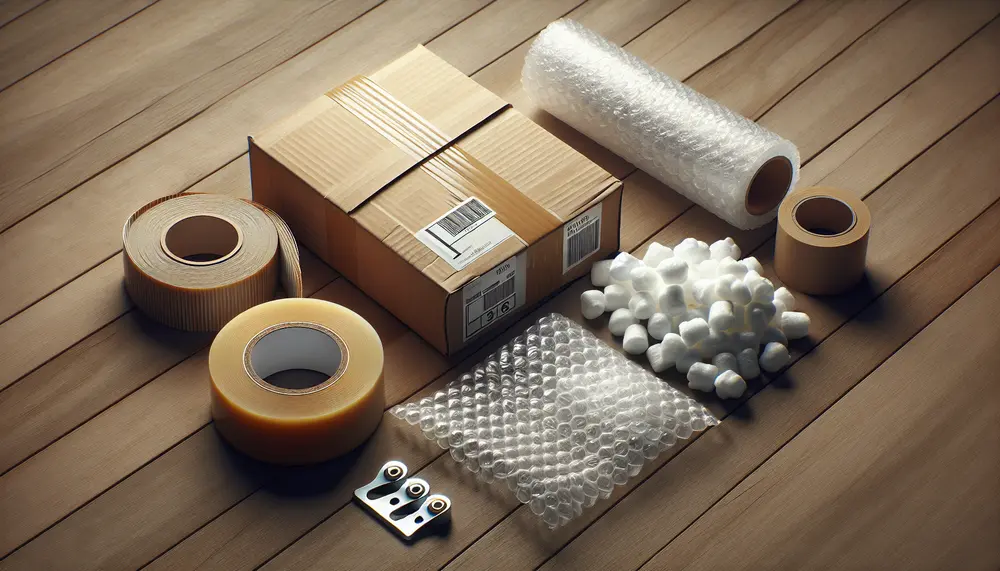
Packaging materials are essential for product protection, information dissemination, and marketing; material selection is based on factors like durability and sustainability. Plastic packaging offers versatility but faces environmental concerns, glass provides purity and recyclability, metal ensures strength and long-term preservation...
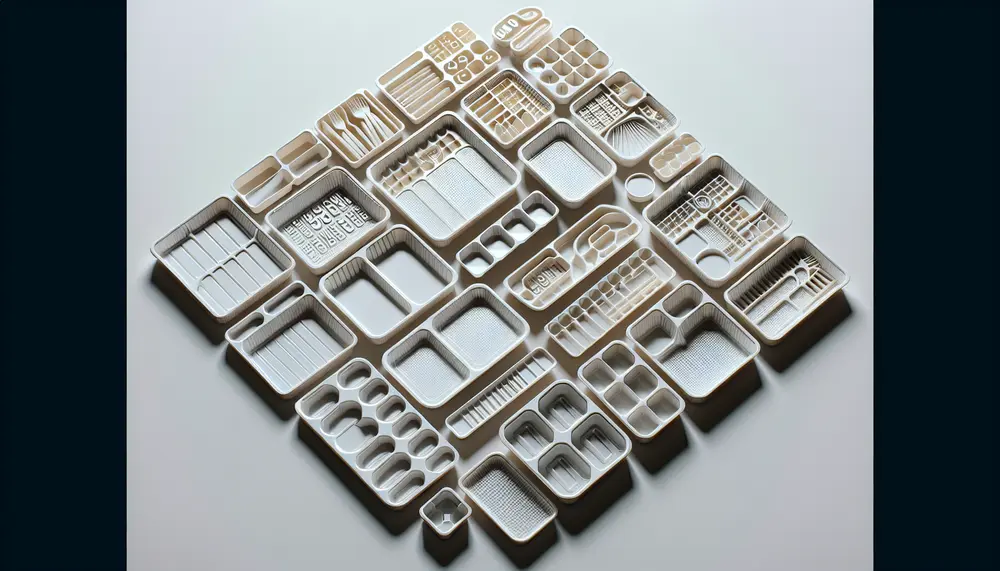
Plastic trays are essential in various industries for their customizable size, shape, and material, offering versatility from warehouse organization to sterilized medical packaging. They come in different designs like compartmentalized or vented ones and have evolved with eco-friendly options to...
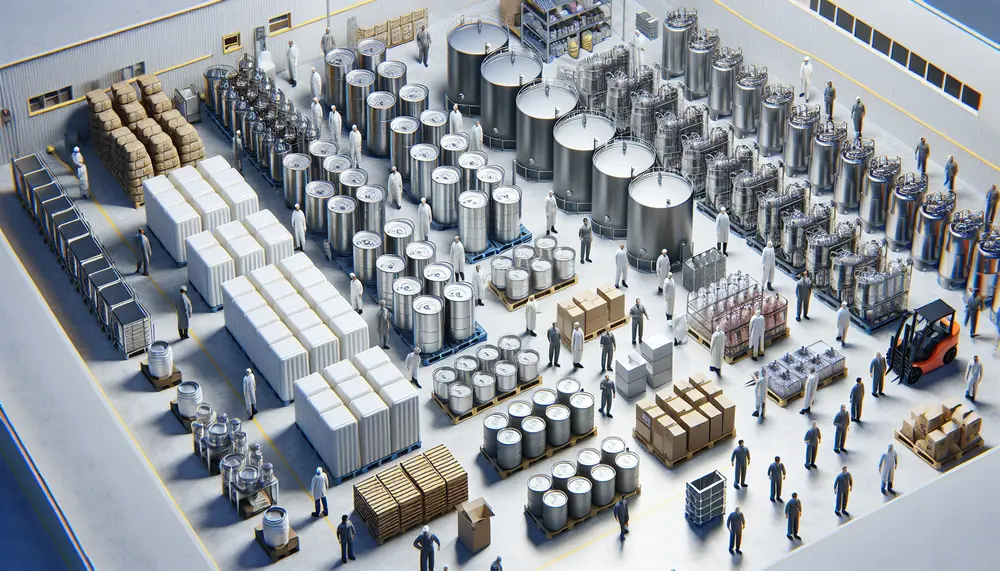
Industrial food grade containers are essential for safely storing and transporting various food products, made from materials approved by bodies like the FDA and EU to prevent harmful substance release. These containers enhance product safety, extend shelf life through airtight...

Food packaging materials are crucial for protecting food quality and safety, providing consumer information, and ensuring regulatory compliance. The choice of material depends on factors like the type of food, shelf life requirements, storage conditions, and environmental impact. Plastic packaging solutions...
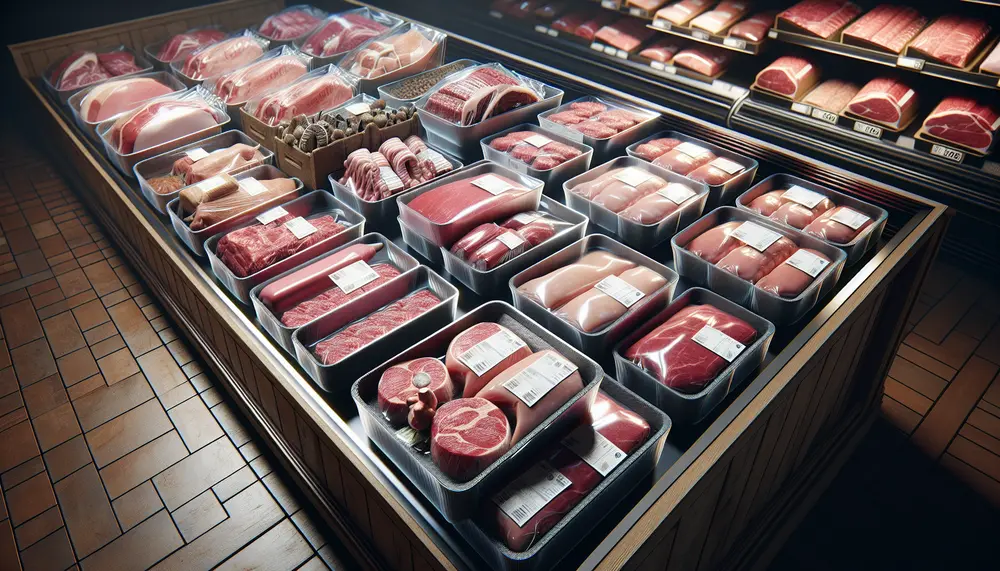
Innovative packaging for butchers is essential for maintaining meat quality, enhancing visual appeal, and ensuring safety. Different materials like butcher paper, trays, vacuum bags, cling wrap, label rolls, and freezer paper cater to various needs in the industry....

Parchment paper is a versatile, non-stick baking essential that withstands high temperatures and simplifies cooking processes like en papillote. It comes in bleached or unbleached varieties, with the main difference being color due to chlorine treatment; both types offer similar...

